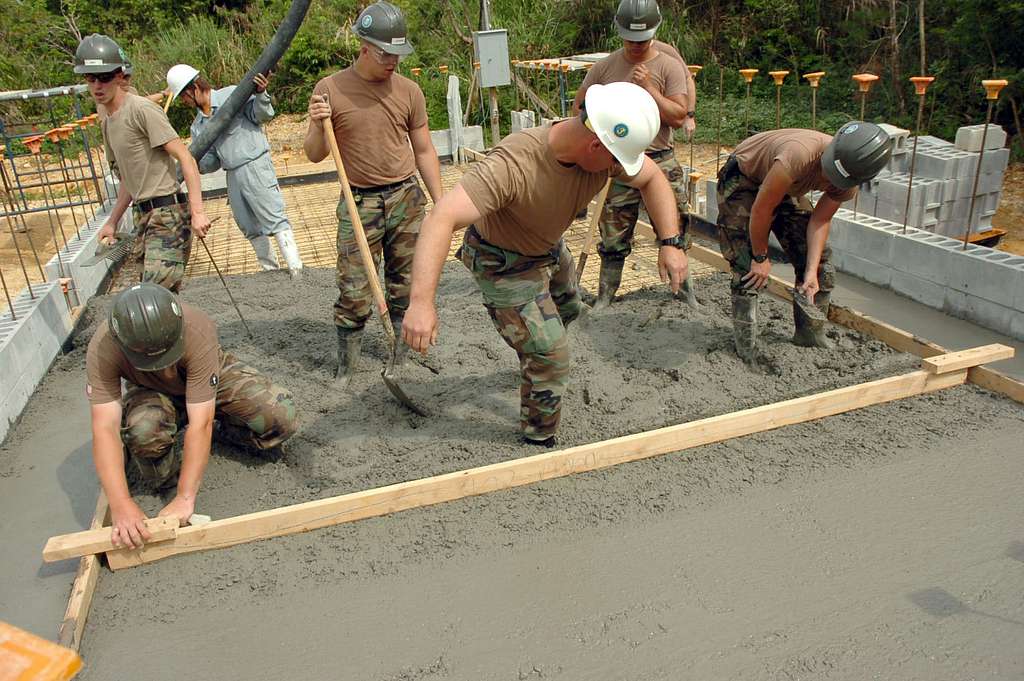Concrete leveling, a crucial aspect of construction and renovation projects, ensures that surfaces are flat and uniform. This practice not only contributes to the aesthetic appeal of a structure but also to its safety and longevity. Mastering the art of concrete leveling involves understanding the various techniques, tools, and materials involved in the process, as well as the common challenges faced and how to overcome them. This article delves into the intricacies of concrete leveling, offering insights into how professionals can achieve the best results.
The Importance of Concrete Leveling
Uneven concrete surfaces can lead to numerous problems, including water pooling, tripping hazards, and structural instability. Properly leveled concrete not only mitigates these issues but also lays the foundation for further construction work, such as flooring installation or the addition of decorative finishes. Thus, mastering concrete leveling is essential for any construction professional aiming to deliver quality workmanship.
Understanding Concrete Settlement
Before diving into leveling techniques, it’s crucial to understand why concrete settles and becomes uneven in the first place. Factors contributing to the Concrete Leveling include soil erosion, inadequate compaction, and natural settling over time. Recognizing the underlying cause of the unevenness is the first step in determining the most appropriate leveling method.
Techniques for Concrete Leveling
Slabjacking
Slabjacking, also known as mudjacking, involves drilling holes into the sunken concrete slab and pumping a mixture of water, soil, sand, and cement beneath it. This mixture fills the voids and raises the slab to its original level. Slabjacking is an economical and environmentally friendly method, ideal for correcting moderate unevenness without the need for complete slab replacement.
Polyurethane Foam Injection
A more modern approach to concrete leveling is the use of polyurethane foam injection. This technique also involves drilling holes into the slab, through which a two-part polyurethane foam is injected. The foam expands, filling voids and lifting the concrete. Polyurethane foam injection offers the benefits of minimal disruption, rapid curing times, and long-lasting results.
Self-Leveling Underlayments
For indoor concrete surfaces requiring minor adjustments, self-leveling underlayments can be an effective solution. These are fluid, cementitious materials spread over the existing slab, which then settle into a flat and level surface as they dry. This method is particularly useful for preparing floors for tile, carpet, or other finishes.
Tools and Equipment
Achieving a perfectly level concrete surface requires the right tools and equipment. For slabjacking and polyurethane foam injection, specialized machinery that can accurately deliver the leveling compound under pressure is essential. For applying self-leveling underlayments, tools such as gauged rakes, smoothers, and mixing drills are necessary to ensure an even application.
Common Challenges and Solutions
Identifying the Right Method
One of the most significant challenges in concrete leveling is choosing the appropriate method for the situation at hand. Factors such as the extent of the unevenness, the condition of the slab, and the project budget must all be considered. Consulting with experienced professionals or conducting thorough assessments can help in making an informed decision.
Ensuring Long-Term Stability
Another challenge is ensuring that the leveling work provides long-term stability. This requires addressing the root cause of the unevenness, such as improving drainage or soil compaction around the slab. Failure to do so may result in future settling and the need for additional repairs.
Achieving a Smooth Finish
Finally, achieving a smooth and aesthetically pleasing finish can be difficult, especially with self-leveling underlayments. Practice and precision are key, as is working quickly with these fast-drying materials. Using the right tools and techniques, and following manufacturer instructions, can help overcome this challenge.
Conclusion
Mastering the art of concrete leveling is a valuable skill for construction professionals, enabling them to address a common issue that affects the safety, functionality, and appearance of concrete structures. By understanding the various techniques and challenges involved, and by choosing the right method and tools for each project, professionals can ensure that their concrete leveling work stands the test of time. As technology and materials continue to evolve, staying informed about the latest developments in concrete leveling will be essential for anyone looking to level up their skills in this critical area of construction.
